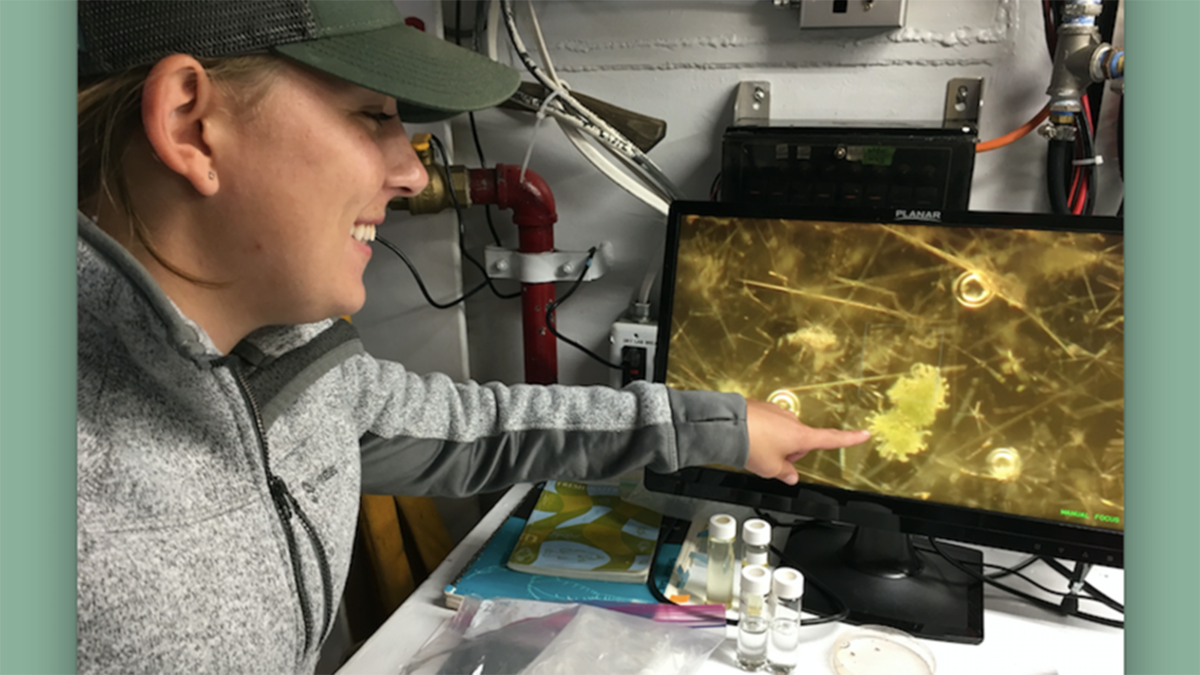The scientists and staff of UMD's Large Lakes Observatory (LLO) invite the public to board and tour the Blue Heron research vessel on Friday, August 30, docked near the Great Lakes Aquarium, 353 Harbor Drive.
This LLO Science on Deck event is free and takes place from 12 noon-4 pm. Graduate students and staff will be on hand to answer questions about fresh water research.
The Presentation
At 3:15 pm, LLO fresh water researcher Kaitlin Reinl will give a free talk entitled "Potential Sources of Cyanobacteria in Lake Superior.” Reinl is a PhD candidate in UMD's Water Resources Science program. and she is writing her Ph.D. dissertation on Lake Superior's blue-green algae.
Reinl does more than observe the lake. She brings all of the components into the lab. She is attempting to replicate conditions to determine the exact situations favorable to blue-green algal growth. "Our research indicates that cells exist in rivers," she says. "The rivers have conditions that are not suitable for growth, and when those cells reach the warmer waters and higher light levels in the nearshore, cyanobacteria may grow. We still don’t know with absolute certainty that this is the main process leading to the appearance of blooms in Lake Superior."
The R/V Blue Heron is part of the University National Oceanographic Laboratory System (UNOLS) and is chartered by research scientists to explore any of the Great Lakes. These tours are offered on a monthly basis during the sailing season (about five times a year). LLO began hosting the LLO Science on Deck program in the spring of 2013.
Located on the Duluth campus of the University of Minnesota Duluth, LLO is the only institute in the country dedicated to the study of large lakes throughout the world. They focus on the global implications of investigations in the areas of aquatic chemistry, circular dynamics, geochemistry, acoustic remote sensing, plankton dynamics, sedimentology and paleoclimatology.
Learn more: About UMD's Large Lakes Observatory.
